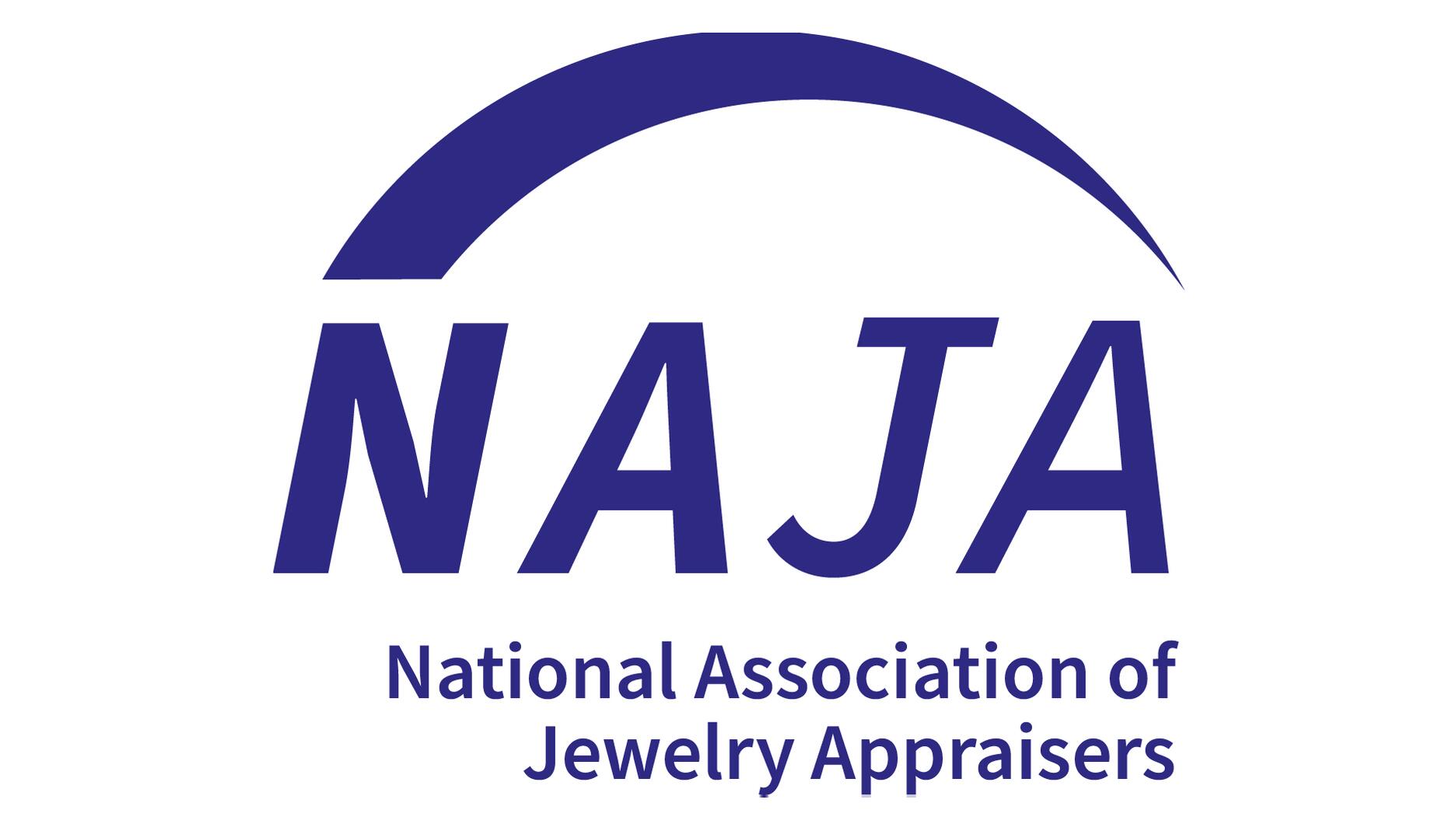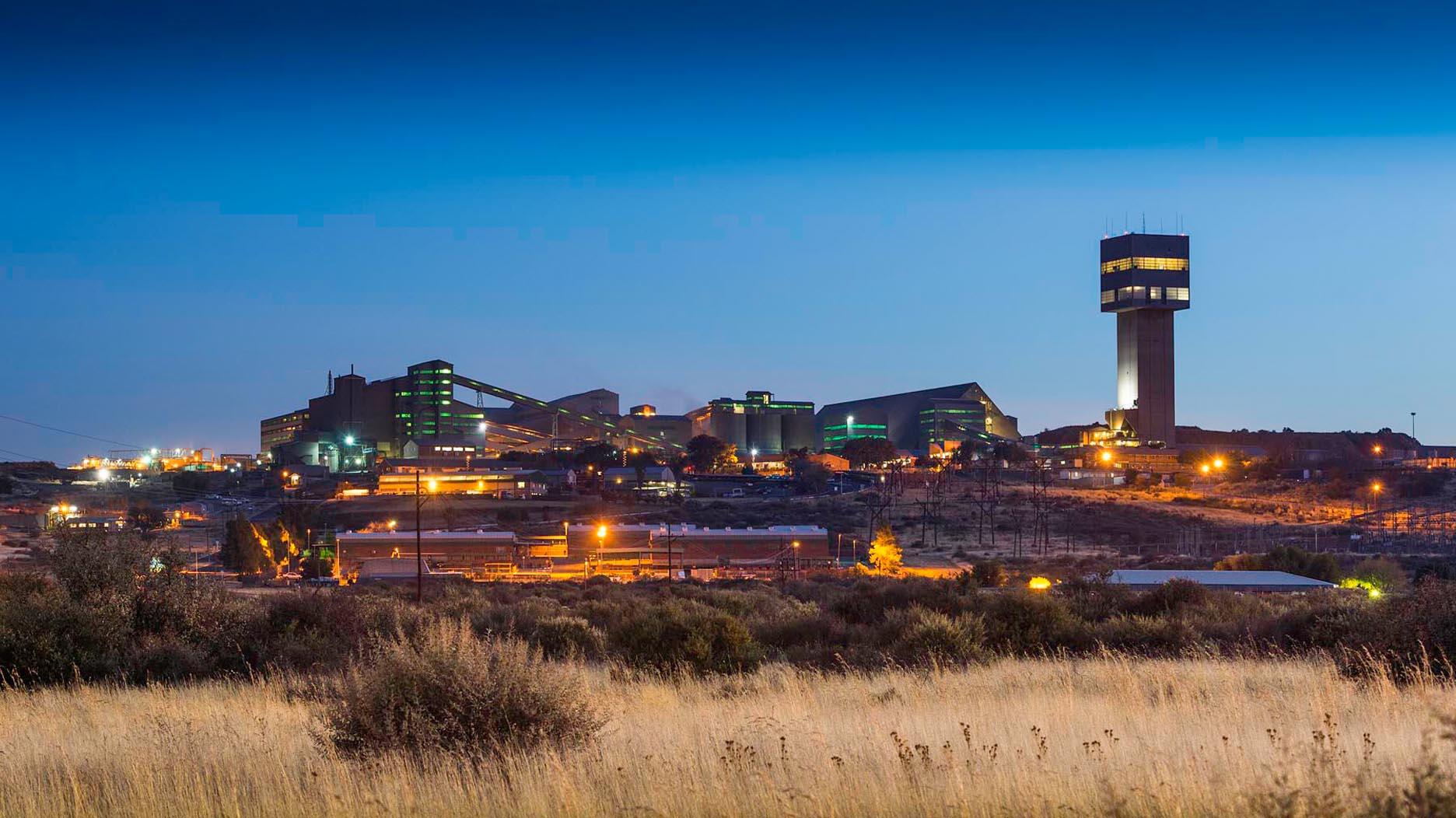De Beers’ Profit Drops in First Half
Production and total sale volumes were both flat from the year prior.

Despite that, revenue fell 21 percent to $2.8 billion from the previous year’s $3.6 billion. The decline comes amid months of weak customer demand, low average selling price, and increased expenses.
Average diamond price decreased 23 percent to $163 per carat from $213 per carat in 2022, due to the increase in lower-value diamonds sold in 2023.
Demand for rough was impacted by continuous macroeconomic headwinds and high levels of polished-diamond inventory in the midstream coming into 2023, according to the company.
The average rough diamond price index also decreased by 2 percent, reflecting softening in consumer demand for diamond jewelry and the previously mentioned build-up in rough diamond inventory.
Rough diamond production was fairly flat at 16.5 million carats, compared to last year’s first-half production at 16.9 million carats.
The first-half production numbers reflected strong performance in three of the countries where De Beers operates, Botswana, Namibia, and Canada, offset by reductions in South Africa due to the transition of the Venetia open pit.
In South Africa, production decreased by 59 percent to 1.2 million carats from 9 million carats in 2022.
The country’s only mine, the Venetia open pit, closed at the end of 2022. Workers continue to process lower-grade surface stockpiles as it transitions to underground operations, where De Beers said first production was recently achieved. The company said production will ramp up over the next few years.
De Beers began the process of taking Venetia underground in 2013, a $2 billion project expected to extend the life of the mine to 2046 and produce around 94 million carats.
The Venetia project, along with other continued life-extension projects, led to a capital expenditure increase of $302 million, up 21 percent from $250 million in June of last year, per the first-half report.
Diamond production in Botswana, which accounts for more than 75 percent of De Beers’ total production, was at 12.7 million carats, a 9 percent increase from the 11.7 million carats produced in 2022.
The increase was driven by planned treatment of higher-grade ore at the Orapa mine, De Beers said.
De Beers Group and the government of Botswana have also reached a new sales agreement in the years-long renegotiation of the agreement that expired at the end of 2020. Following numerous extensions of the current contract, the new agreement for the country’s rough diamond production now extends to 2033 while the mining licenses for Debswana, the mining company operated jointly by De Beers and the government, now extend to 2054.
In Namibia, production was up 21 percent to 1.2 million carats compared to 1 million carats in the first half of 2022. The increase was driven by continued output from the Benguela Gem, the new marine mining vessel that commenced production in March 2022. The company said the rise is also due in part to ongoing expansion of the mining area at the land operations.
Canadian production was up 9 percent to 1.4 million carats from 1.2 million carats in 2022 as the treatment of higher-grade ore offset planned plant maintenance, De Beers said.
Production guidance for the year remains 30 million to 33 million carats, down from the 34 million carats it mined in 2022.
In response to a general slowdown in demand, De Beers combined the auctions for its fifth and sixth sales cycles.
In the sixth sales cycle, rough diamond sales slid again from $456 million in the fifth sales cycle (revised from a preliminary $450 million estimate) to a provisional $410 million estimate.
The company also said it continues to focus on developing the brand in China. A lack of Chinese demand in the first half due to a wave of Covid-19 infections that impacted consumer behavior negatively affected De Beers’ H1 figures.
CEO Al Cook said that by third-cycle sales, the company was seeing “signs of recovery in consumer confidence following the relaxation of travel restrictions.”
Though short-term challenges remain, the company said consumer desire for natural diamonds will remain robust in key markets long-term, although supply of rough diamonds is expected to decline.
The company sees potential for stakeholders and retailers’ focus on the importance of diamond provenance to reinforce demand for rough diamonds.
De Beers announced last month that the Tracr™ blockchain platform, which tracks a diamond’s journey from the source, would open to diamond industry participants.
The company said the “immutable data” Tracr provides will underpin consumer confidence in natural diamonds and their provenance.
The Latest

The special-edition egg pendant ingested in a New Zealand jewelry store was recovered after a six-day wait.
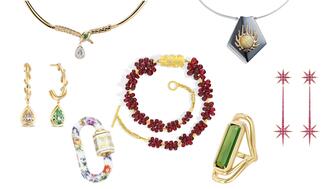
Associate Editor Natalie Francisco plays favorites with Piece of the Week, selecting a standout piece of jewelry from each month of 2025.

The “Love and Desire” campaign is inspired by the magic that follows when one’s heart leads the way, said the brand.

How Jewelers of America’s 20 Under 40 are leading to ensure a brighter future for the jewelry industry.

Two awardees will receive free tuition for an educational course at the Swiss lab, with flights and lodging included.


Berta de Pablos-Barbier will replace Alexander Lacik at the start of January, two months earlier than expected.
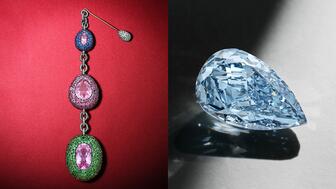
Sotheby’s held its first two jewelry sales at the Breuer building last week, and they totaled nearly $44 million.

Roseco’s 704-page catalog showcases new lab-grown diamonds, findings, tools & more—available in print or interactive digital editions.

Winners will receive free registration and lodging for its fourth annual event in Detroit.

Here are six ideas for making more engaging content for Instagram Reels and TikTok, courtesy of Duvall O’Steen and Jen Cullen Williams.

The honorees include a notable jewelry brand, an industry veteran, and an independent retailer.

Carlos Jose Hernandez and Joshua Zuazo were sentenced to life without the possibility of parole in the 2024 murder of Hussein “Sam” Murray.

Yood will serve alongside Eduard Stefanescu, the sustainability manager for C.Hafner, a precious metals refiner in Germany.

The New Orleans jeweler is also hosting pop-up jewelry boutiques in New York City and Dallas.

Set in a Tiffany & Co. necklace, it sold for $4.2 million, the highest price and price per carat paid for a Paraíba tourmaline at auction.

The jeweler’s “Deep Freeze” display showcases its iconic jewelry designs frozen in a vintage icebox.
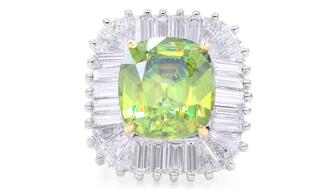
Take luxury gifting to new heights this holiday season with the jeweler’s showstopping 12-carat sphene ring.

This year's theme is “Unveiling the Depths of the Ocean.”

In its annual report, Pinterest noted an increase in searches for brooches, heirloom jewelry, and ‘80s luxury.

Starting Jan. 1, customers can request the service for opal, peridot, and demantoid garnet.

The 111-year-old retailer celebrated the opening of its new location in Salem, New Hampshire, which is its third store in the state.

The new catalog features its most popular chains as well as new styles.

The filmmaker’s personal F.P. Journe “FFC” prototype was the star of Phillips’ recent record-setting watch auction in New York.

The new location in the Design District pays homage to Miami’s Art Deco heritage and its connection to the ocean.

Inflations, tariffs, and politics—including the government shutdown—were among consumers’ top concerns last month.
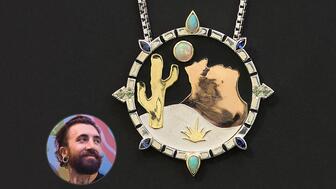
Silas Smith of Meridian Metalworks won the challenge with his pendant that blends Australian and American landscapes.
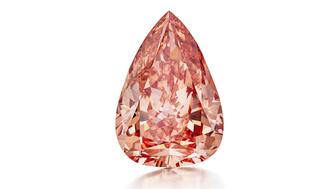
The sale of the 31.68-carat, sunset-hued stone was part of Sotheby’s first series of events and auctions in Abu Dhabi.














